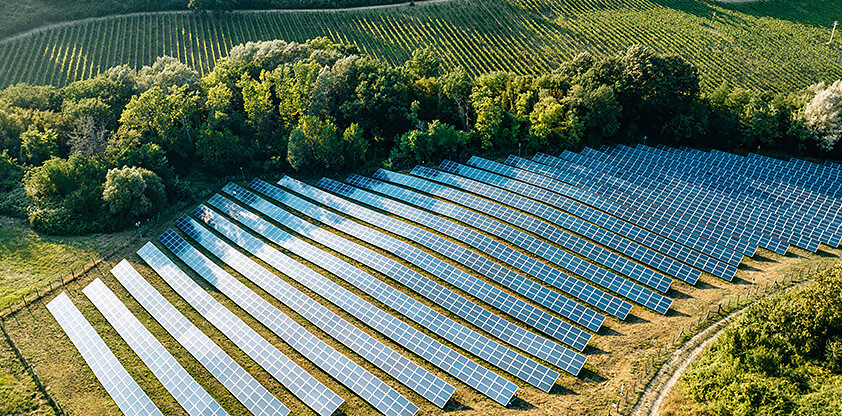\About LEAF
Sustainability as a concrete commitmentfor a better tomorrow
Our commitment to sustainability is based on concrete premises and on the awareness that it is a challenge that must be tackled on all fronts and according to precise rules. Central to this is the will and the need to balance economic goals with social and environmental ones.
We have decided to summarise the principles that inspire all our current and forthcoming initiatives to achieve these goals in the word LEAF.
LEAF is a word that immediately evokes nature and, at the same time, is an acronym with a strong communicative potential.
LEAF is our answer to the mission of defining, planning and implementing corporate policies in full accordance with the goals of the UN’s 2030 Agenda for Sustainable Development.
Life
Individual and collective existence as an expression of equity and inclusiveness.
Action
Projects and initiatives for a fairer and greener world.
Environment
The environment to be protected and enhanced.
Future
The commitment to ensure the next generations a better future.









 As a tangible proof of our close connection to the territory, we decided to support the “Valle Lagunare” project relating to the Venice Lagoon, thanks to which we received an important recognition for the compensation of greenhouse gas (GHG) emissions, obtaining 270 VER credits (TCO2).
As a tangible proof of our close connection to the territory, we decided to support the “Valle Lagunare” project relating to the Venice Lagoon, thanks to which we received an important recognition for the compensation of greenhouse gas (GHG) emissions, obtaining 270 VER credits (TCO2).





